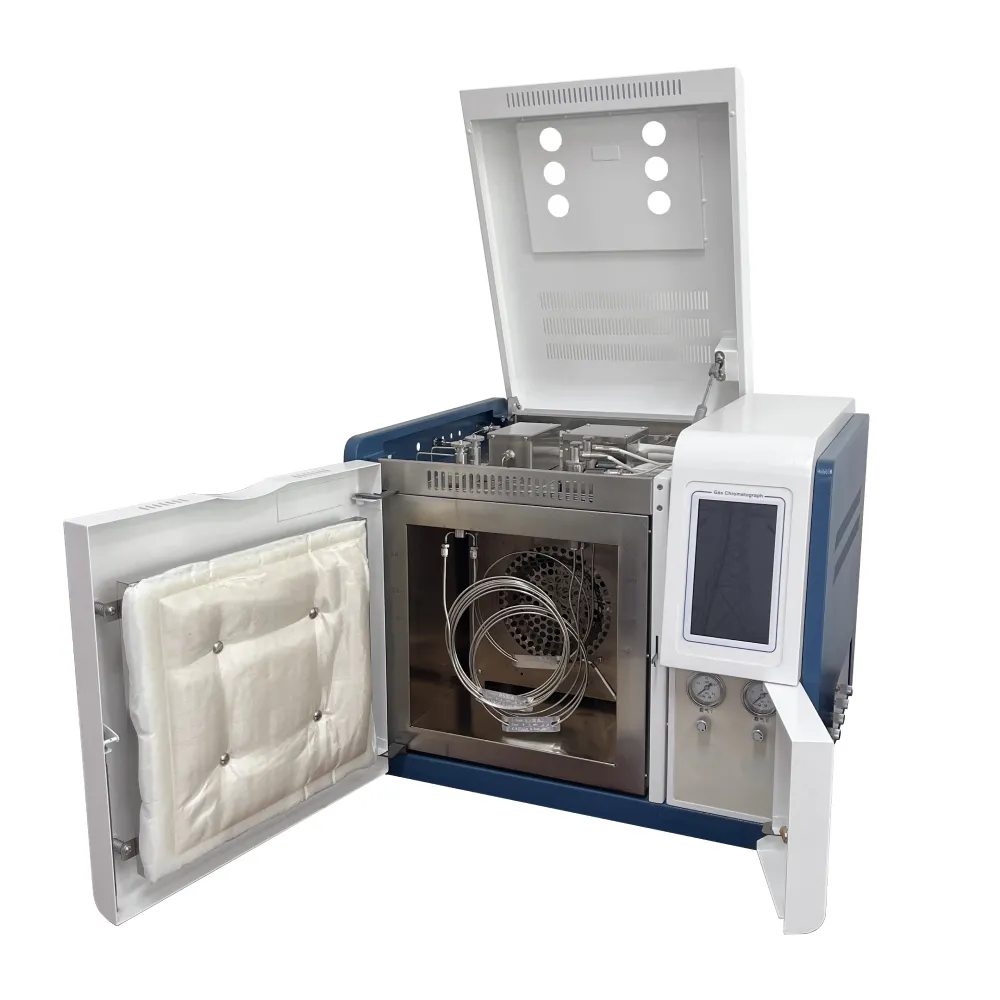 English
English


automatic flash point apparatus
The Importance of Automatic Flash Point Apparatus in Industrial Applications
In the realms of various industries, the assessment of a substance's flammability is paramount for safety and compliance. One of the critical measurements in this regard is the flash point, defined as the lowest temperature at which a liquid can form an ignitable mixture in air. The Automatic Flash Point Apparatus has emerged as an essential tool for accurately determining this crucial parameter, ensuring that industries adhere to safety regulations and best practices.
The Importance of Automatic Flash Point Apparatus in Industrial Applications
One of the key advantages of using an Automatic Flash Point Apparatus is its ability to minimize the risk of accidents during testing. Flash point testing typically requires handling volatile substances that can pose serious fire hazards. By automating the process, the apparatus limits human exposure to these potentially dangerous materials, thereby enhancing laboratory safety. Additionally, many of these automated devices are equipped with advanced safety features, such as explosion-proof designs and sophisticated monitoring systems, further ensuring a secure testing environment.
automatic flash point apparatus

Industries such as petroleum, chemicals, and paints rely heavily on accurate flash point measurements to assess product safety and performance. For instance, in the petrochemical industry, understanding the flash point of different fuels is crucial for storage and transportation; fuels with lower flash points require more stringent handling procedures to prevent fires or explosions. Similarly, manufacturers of paints and coatings must ascertain flash points to ensure compliance with safety regulations and to inform consumers of potential hazards.
Moreover, regulatory agencies often require flash point data as part of product safety documentation. The Automatic Flash Point Apparatus not only expedites the testing process but also facilitates the generation of comprehensive reports, aiding manufacturers in meeting regulatory requirements. This technological advancement helps businesses avoid costly delays and potential fines associated with non-compliance.
In conclusion, the Automatic Flash Point Apparatus represents a significant advancement in the field of materials testing. By automating the process of determining flash points, industries can enhance safety, improve accuracy, and streamline compliance with regulatory standards. As industries continue to prioritize safety and efficiency, the adoption of automated testing solutions will likely play a vital role in ensuring the responsible handling of flammable substances. This not only protects workers but also promotes a culture of safety across diverse sectors.
-
Differences between open cup flash point tester and closed cup flash point testerNewsOct.31,2024
-
The Reliable Load Tap ChangerNewsOct.23,2024
-
The Essential Guide to Hipot TestersNewsOct.23,2024
-
The Digital Insulation TesterNewsOct.23,2024
-
The Best Earth Loop Impedance Tester for SaleNewsOct.23,2024
-
Tan Delta Tester--The Essential Tool for Electrical Insulation TestingNewsOct.23,2024





